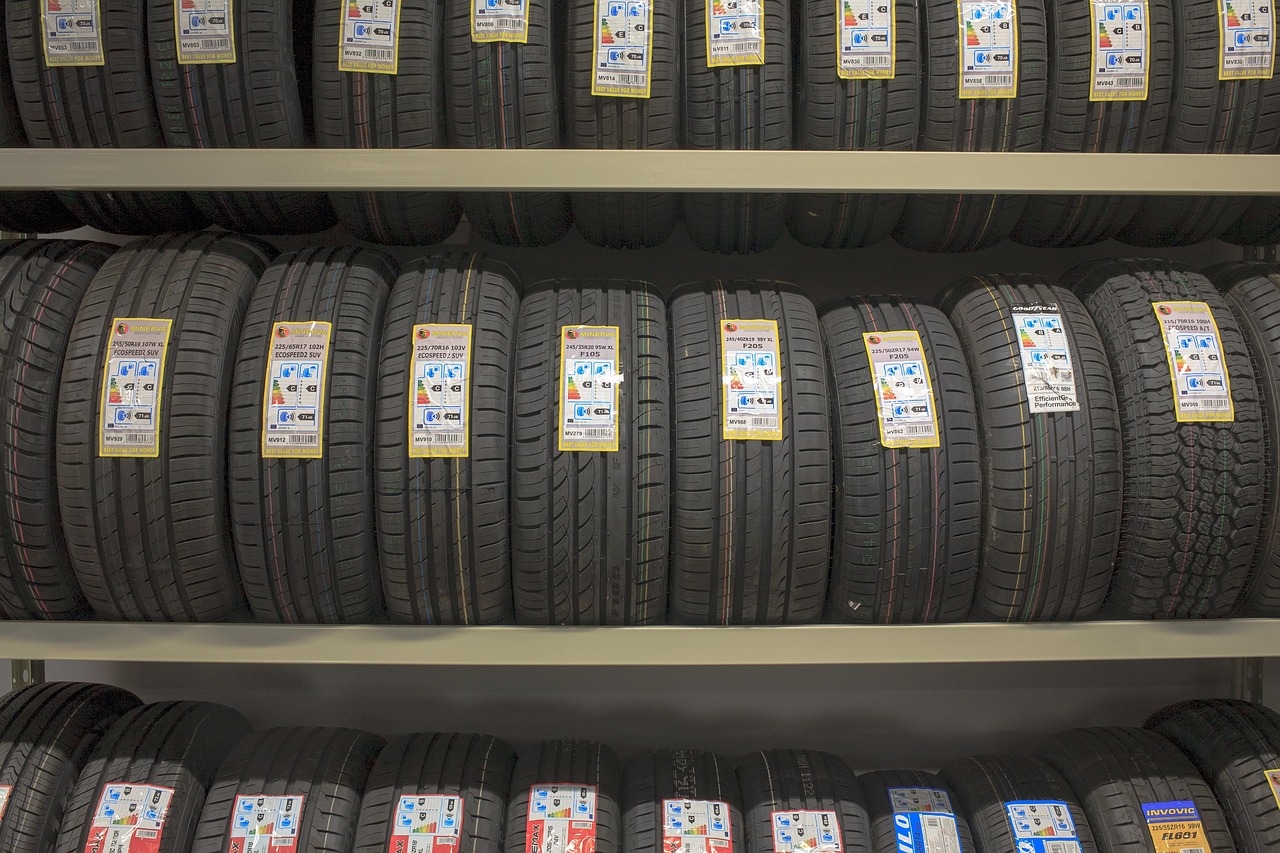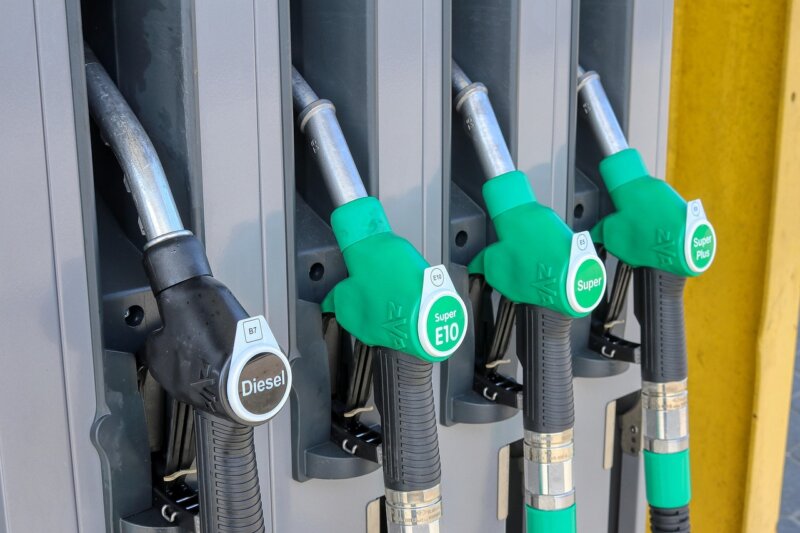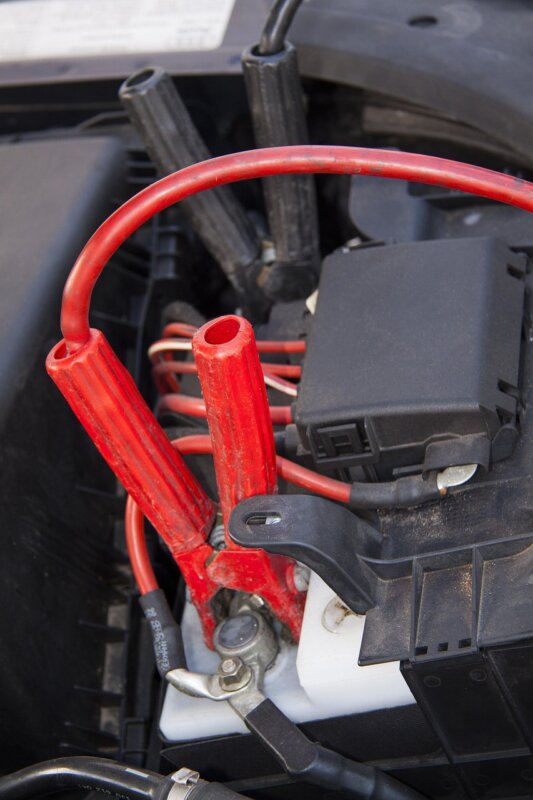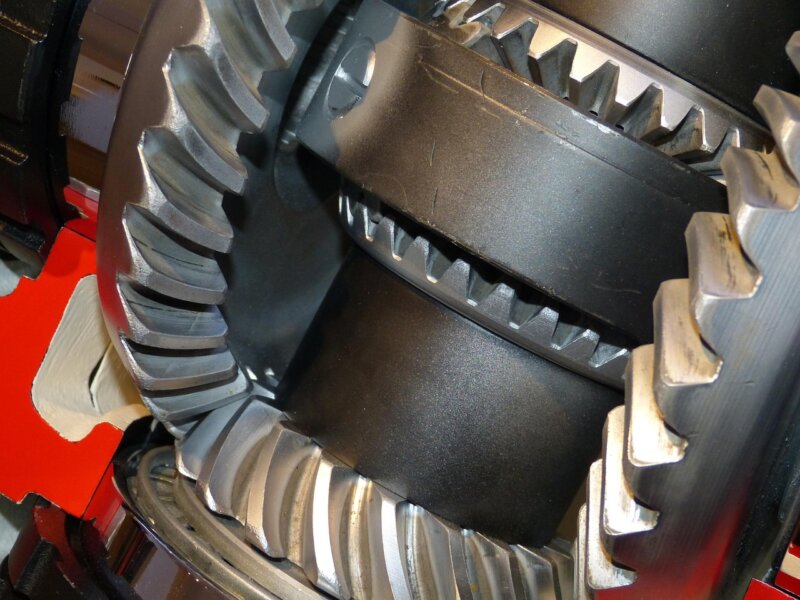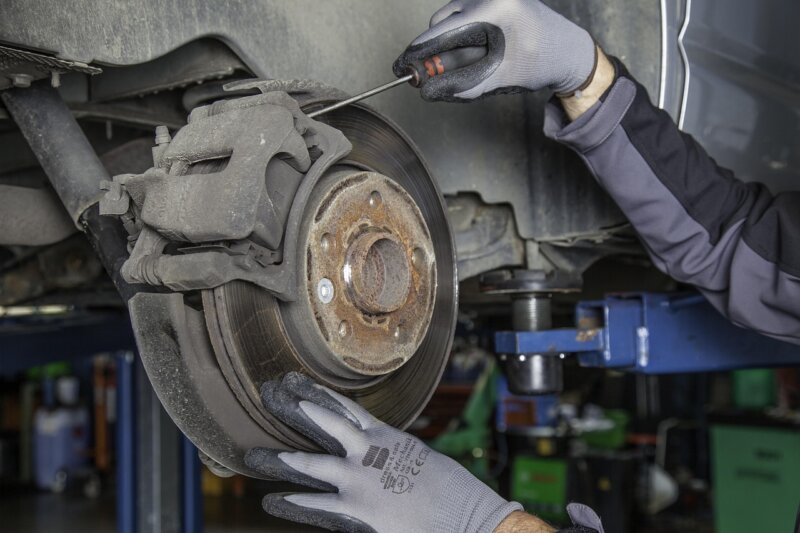Tires carry your family, your gear, and your plans. Clear sidewall markings help you choose wisely. This guide breaks down UTQG ratings, load index, speed capabilities, and date codes so tire safety feels simple.
Understanding UTQG (Uniform Tire Quality Grade)
UTQG ratings let you compare tire quality fast. The system grades treadwear, wet traction, and temperature resistance. You can scan a sidewall and spot likely tire performance in seconds. These ratings support smarter choices and longer tire lifespan.
Treadwear Ratings
Treadwear grades estimate how long a tire may last. The baseline is 100 under UTQG test rules. A tire marked 320 should last about 3.2 times longer than the control tire. That is a lab comparison, not a promise.
Many new tires deliver 30,000 to 100,000 miles. Results depend on tire type, alignment, rotation habits, and driving style. UTQG testing uses a 400 mile loop in West Texas as part of a 7,200 mile road test with several cars. Makers assign three digit codes based on those results and follow-up checks.
By federal rule, light truck tires and winter tires do not need a posted treadwear grade. They use different designs and test needs.
Traction Grades
Traction grades rate wet braking grip on pavement. The scale is AA for the strongest grip, then A, B, and C for the lowest safe grip. Higher grades help shorten stops in rain or on slick roads.
An AA tire should outperform A, B, and C tires in wet stops. This makes quick safety comparisons easier while shopping. Test methods follow set standards, yet small maker to maker differences can appear. Winter tires and deep tread LT tires do not show this grade under UTQG rules.
Temperature Resistance
Temperature grades show how well a tire sheds heat at speed. NHTSA sets the test rules. A, B, and C appear on the tire sidewall. All passenger tires sold in the United States must meet at least a C grade.
A graded tires handle speeds above 115 mph and run cooler. They make up about 62 percent of passenger tires. B graded tires work from 100 to 115 mph and are about 34 percent. Only around 4 percent get a C grade, safe from 85 to 100 mph.
Cooler running tires lower blowout risk, which protects handling and durability. Heat is the enemy of rubber and structure. This grade helps you align speed needs with tire construction.
Decoding the Load Index
The load index shows the maximum weight each tire can carry. It links directly to your vehicle load capacity and safety limits. Pick a tire that matches or exceeds your vehicle’s needs.
What the Load Index Represents
The load index is a number that maps to weight. For example, a 92 load index supports up to 1,389 pounds per tire. This must align with the vehicle’s GVWR, called the Gross Vehicle Weight Rating. You can find GVWR on the driver door sticker or in the owner’s manual.
Multiply one tire’s capacity by four to estimate the total support. That gives a simple view of vehicle weight on all tires. Correct load ratings protect handling, braking, and tire structure.
How to Match Load Index to Your Vehicle Needs
Use the factory load index or go higher. Do not go lower. Check the owner’s manual for the recommended tire capacity and speed ratings. These specs were chosen to fit suspension, brakes, and power.
A lower load index risks fast wear, heat build up, and failure under load. Towing or hauling makes this worse. The right load rating keeps weight balanced and steering stable at highway speeds.
Deciphering Speed Ratings
Speed ratings show the highest safe speed the tire can sustain. They also point to handling traits like grip and heat control. Match the rating to how and where you drive.
Maximum Speed Capability
Common ratings include S up to 112 mph and T up to 118 mph. H fits many passenger cars at 130 mph. V supports 149 mph. W allows 168 mph. Y covers up to 186 mph. ZR marks tires built for speeds over 149 mph.
Higher ratings generally resist heat better and aid control. That can improve cornering grip and high speed stability. Choose a rating that meets your top speed needs and driving style.
Common Speed Rating Symbols and Their Meanings
Here are typical symbols and caps. Q up to 99 mph. T up to 118 mph. H up to 130 mph. V up to 149 mph. W up to 168 mph. Y up to 186 mph.
A Z rated tire means high performance with a top range. ZR in the size indicates capability over 149 mph. If a tire has a Y rating above 186 mph, you will see ZR in the size as well.
These symbols sit next to the load index on the sidewall. Sports cars and high horsepower models often need V, W, Y, or ZR. Family cars usually do fine with T or H, since daily driving stays well below those limits.
Reading Date Codes on Tires
Tire date codes tell you when a tire was made. Age affects tire durability and traction, even with lots of tread left. A quick check supports safer choices and better tire maintenance.
Importance of Date Codes
The last four digits of the DOT code show the build date. For example, 4313 means the 43rd week of 2013. Rubber compounds can harden and crack over time. Many shops suggest closer checks after six years in service.
Fresh stock helps with wet grip and ride quality. Age tracking also supports warranty and recall claims. One quick glance can prevent a risky purchase of old inventory.
How to Locate and Interpret Date Codes
Look on the sidewall for the long DOT code. That is the Tire Identification Number, or TIN. Sometimes the full date is only on one side, so check both sides.
Focus on the last four digits. The first two digits are the week. The last two are the year. Example, 3815 means week 38 of 2015.
If the code ends with only three digits, the tire was made before 2000. Tires older than ten years should be replaced for safety. Use date codes during inspections to spot aging rubber before problems show.
Additional Tire Markings to Know
Sidewalls pack more tire identification details than most people realize. A quick scan can reveal tire size, construction, and origin. That context helps match tire size and performance rating to your vehicle.
DOT Code Details
The DOT code appears on the sidewall as 10 to 13 letters and numbers. It includes a two or three character plant code, tire size data, a three or four character maker identity, and a four digit date code.
The last four digits show the build week and year. For example, 0424 means the fourth week of 2024. Many buyers avoid tires older than two years on the shelf. Fresher rubber supports better grip and ride comfort.
This code links a tire to its factory for quality control. It also speeds recall checks from NHTSA or a manufacturer. Keep the DOT code handy if you see a safety alert.
Maximum Load and Inflation Information
You will find maximum load and maximum inflation pressure on the sidewall. Maximum load is the most weight the tire can carry. Maximum pressure is the highest safe air pressure for that tire.
Use the pressure listed on your vehicle’s door sticker or in the manual. That is the correct daily setting. The sidewall max is not a target. Overloading or overinflating can cause blowouts and weak handling.
Check pressures monthly and before long trips. Use a quality gauge, since gas station gauges vary. Proper inflation boosts tire durability, fuel economy, and braking performance.
Bottom Line
Tire buying gets easier once the codes are clear. UTQG ratings help compare tread wear, wet traction, and heat control. Load index and speed capabilities show what your tires can safely carry and how fast they can run. Date codes protect you from aging stock and hidden risks.
When unsure, consult a trusted tire shop or your vehicle manual. Safety first, especially with heavy loads or high speeds. A bit of study pays off in better tire performance, longer tire lifespan, and peace of mind on every mile.

